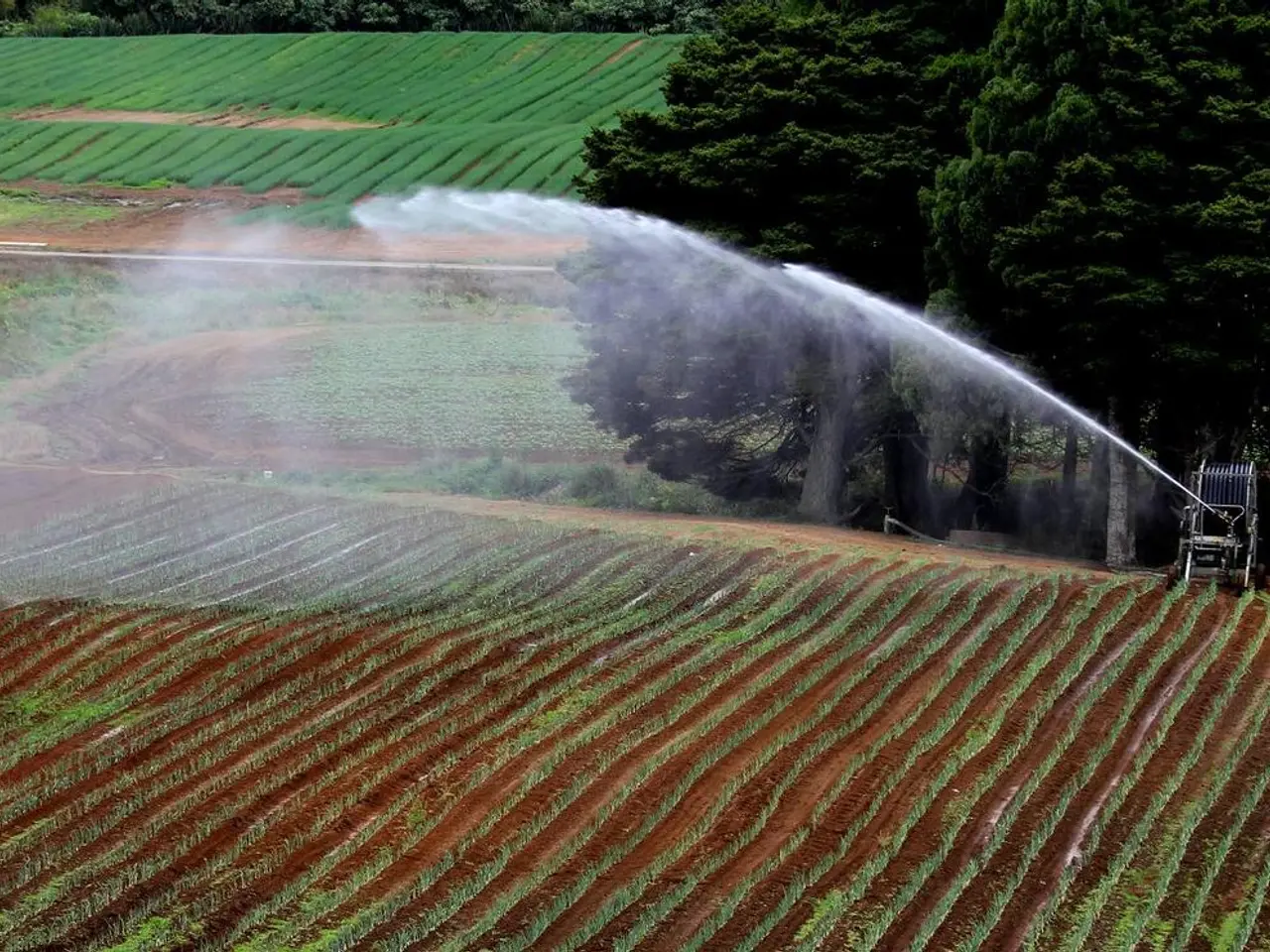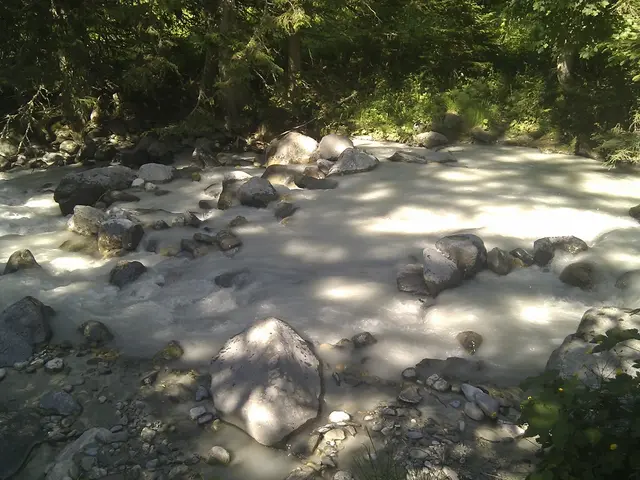PAU Study: Floods Transform Punjab's Soils, Farmers Urged to Adapt
Punjab Agricultural University (PAU) has published a study on flood-altered soils across Punjab, revealing significant changes in the state's farmlands. The report highlights rising organic carbon content, varied sediment depths, and nutrient imbalances, affecting the foundation of Punjab's agriculture.
Organic carbon content has surged to over 0.75 per cent in many areas, but sandy deposits show lower levels. The Punjab region has experienced substantial soil changes, particularly during severe monsoon seasons. PAU recommends irrigation measures before the Rabi season to restore soils, but specific practices were not detailed.
Soil samples exhibit large variations in sediment depth and texture, ranging from a metre-thick layer to lighter deposits. Compacted layers or hardpans formed due to sediment pressure can restrict water flow and root growth, requiring deep tillage or thorough mixing of silt.
To rejuvenate the soil, farmers are urged to add organic matter and incorporate straw, boosting fertility and avoiding stubble burning. Recent floods have deposited nutrient-rich red silt from the Himalayan foothills in some areas, but also caused nutrient imbalances and soil compaction. Phosphorus and potassium levels varied widely, and micronutrients like iron and manganese were found in unusually high concentrations. PAU has deployed teams to test soil samples across districts and guide farmers with region-specific solutions before the rabi season.
PAU's study reveals the impact of floods on Punjab's soil composition, disrupting the state's native soil foundation. Farmers are advised to add organic matter, monitor nutrient levels, and follow PAU's recommendations for the rabi season. The university is working to provide region-specific solutions to help farmers adapt to these changes.








